What is Shotcrete?
Shotcrete refers to a method of applying concrete or mortar through pressure hoses to a nozzle where it is pneumatically projected at high velocity onto a surface. It offers all the advantages of standard concrete materials, while its direct application to the surface enhances its density.
Key features of shotcrete are:
Why Shotcrete?
Shotcrete can be used for numerous applications economically. It will bond to regular or flat surfaces such as plywood, fibreboard, existing smooth concrete, rigid insulation, sheet metal, and more. It will also bond to irregular surfaces such as rough concrete, earth, shale, rock, even loose gravel.
The Shotcrete Advantage
Choosing to use shotcrete has many advantages, including:

Wet Mix Process vs Dry Mix Process

Dry Mix
Pre-blended dry materials are placed into the delivery equipment. Compressed air conveys the material through a hose at high velocity to the nozzle, where water is added. Advantages of dry mix shotcrete:
- Increased bonding ability and bonding strength
- Water content is easily controlled at the nozzle, no time limit to place material
- Material can be transported in bags vs batch truck – good for remote locations
- More adaptable to low volume jobs and thin coatings
Wet Mix
All ingredients, including water, are thoroughly mixed and introduced into the delivery equipment. Wet material is pumped to the nozzle where compressed air is added to provide high velocity for placement. Advantages of wet mix application:
- The water content is controlled more precisely at batch plant
- Admixtures can be added as per design requirements
- Suited to higher volume productivity
Although both wet and dry mix shotcrete have specific benefits, advancements in both material and equipment technology make both processes almost interchangeable. In most applications, the preferred method is determined by:
- Economics
- Availability of material and equipment
- Site Access
- The expertise and preference of the contractor
